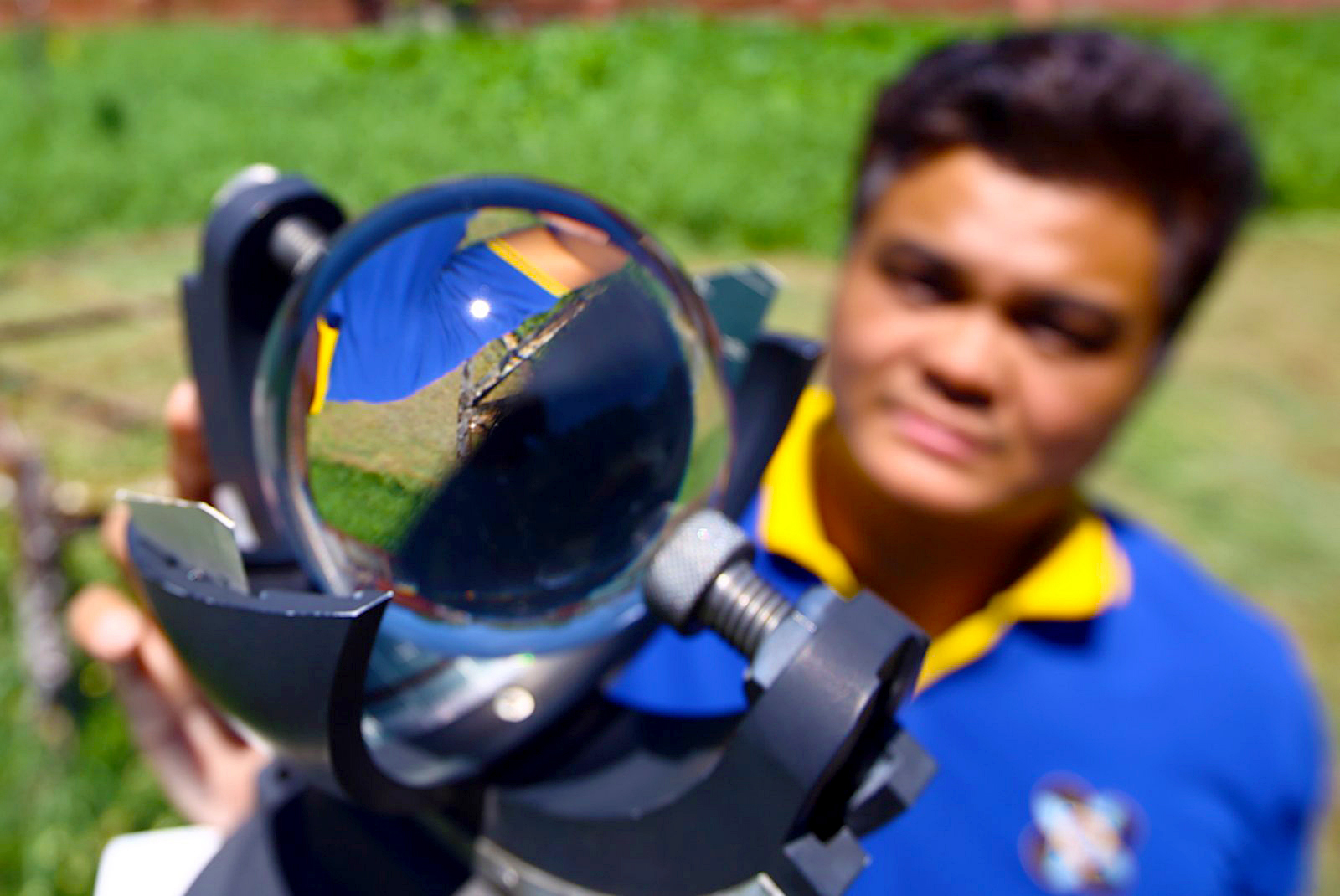
By Ma. Cristina Arayata | Philippine News Agency
Forecasting the heat index in every municipality across the country is impossible at the moment due to budget and manpower limitations, an official of the Philippine Atmospheric, Geophysical and Astronomical Services Administration (PAGASA) said Monday.
PAGASA Deputy Administrator Marcelino Villafuerte II said putting up stations would require a lot of resources to install instruments, apart from additional manpower.
Villafuerte, who is in charge of heat index forecasts, was asked for his comment on Senator Sherwin Gatchalian’s suggestion that PAGASA should come up with more “granular and location-specific heat indices” to help local government units and schools decide if they should cancel face-to-face classes.
“Currently, that’s near impossible because there are only 82 PAGASA stations, mostly located in the cities and over 100 automatic stations,” Villafuerte said in an interview with PNA.
A station is only capable of forecasting the heat index in the area where it is located, and is not capable of detecting the heat index in nearby cities, he added.
For example, the station in Quezon City cannot forecast the heat index in Mandaluyong City.
PAGASA’s list of areas with forecast high heat indices are actually incomplete, Villafuerte said.
“What we told Senator Gatchalian is that PAGASA is currently exploring two alternatives – the numerical weather prediction model and the satellite-derived information,” he said.
“We’re already trying these two methods and include these in forecasting. Research and development, however, usually takes three to four years.”
